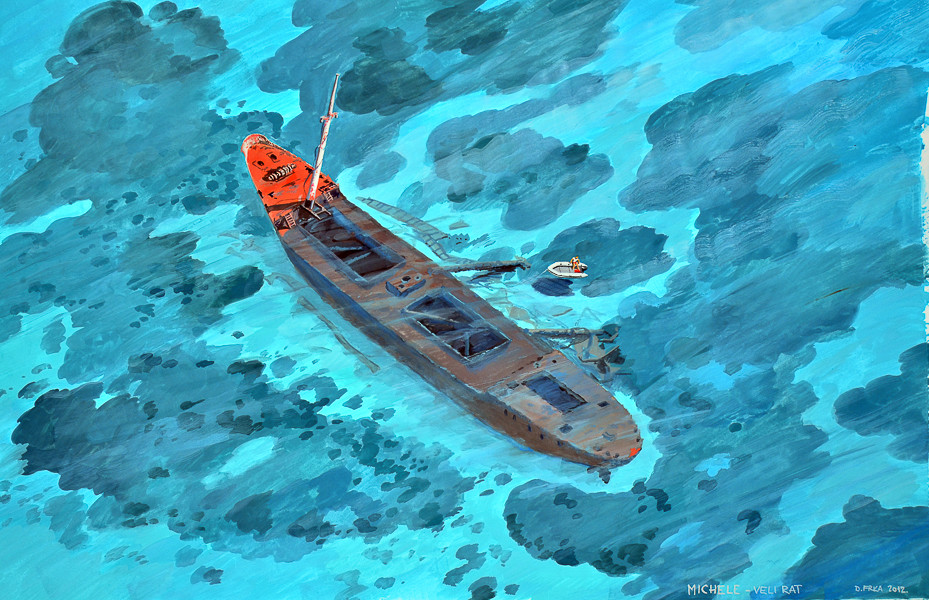
MICHELE
DEPTH: 1 - 6 m
SKILL: Beginner
Michele (ex-Osterdeich); cargo steamship; Fernando Snc di Schiano di C., Naples, Italy
Built: 1962 Luhring, Brake shipyard, Germany The ship was delivered to the customer in December 1962
Sunk: 11th June 1983 (navigational error)
Dimensions: l=76.0 m, w=10.1 m DWT: 1,218, 500 tonnes
Coordinates: 44.16700° N, 14.81163° E
Location: ran aground on shallows near the islets of Lagnići, not far from Veli Rat
Access: 2/5 access is possible only by boat
Visibility: 5/5 excellent
Current: 4/5 weak to moderate
Flora and fauna: 4/5 varied life on and around the wreck, occasionally specimens of larger fish and crabs
HISTORY:
On 11th June 1983, under, still partly unresolved circumstances and loaded with miscellaneous cargo, the ship became stranded on sandy shallows near to the islets of Mali and Veli Lagnić, not far from Veli Rat, on the northern cape of Dugi Otok. How could the ship run into the sand bank at full speed where the sea depth is no more than six metres, with the whole length of its hull firmly sitting on the shallow seabed so that to refloat it was almost impossible? The circumstances of the stranding – the shallow seabed, close to the coast, the entire crew rescued and hull almost intact, suggested that the ship was actually deliberately stranded in order for the ship owner to claim the insurance money, however it is not known by the authors how this compensation procedure ended due to the loss of the ship. In fact, no serious attempts to salvage it followed due to the high costs, and so after unloading the cargo the ship was left to the sea and an uncertain destiny. Over the following thirty years the part of the ship which was above the sea has become heavily corroded and almost completely disappeared, and today there is only one part of the bow and the foremast still protruding above the sea, whilst the bulk of the remains of the wreck are under the waster where further deterioration is slowed.
DIVING:
Diving the wreck of the ship Michele is safe and one of the simplest and least demanding dives described in this book. There is almost no danger posed for divers, and the shallow depth allows a long period of time under the water. Therefore it is ideal for beginners who have not attempted a dive to any wrecks and have yet to get to know the characteristics of such dives. However that doesn’t mean that the dive is less attractive for other diving categories, and we especially recommend it for underwater photographers, who will find many great opportunities here. The crystal clear sea, fabulous colours and countless fish, make the surroundings surreal, such that we could more easily place it in some tropical sea rather than the Adriatic.
The wreck lies on a sandy seabed at the depth of six metres. Only the bow and the foremast are protruding above the surface, while the hull of the ship is about two metres underwater, and the stern is located just below the surface from which only a small part of the superstructure protrudes. Thirty years ago the Michele was still intact, and from a distance of several hundred metres it looked as though it was sailing, as the sea reached only a little above its waterline. However the years of exposure to the sea and the rigours of time, and especially the accelerated corrosion which is strongest above the sea, have taken their toll. The iron and steel, constantly washed by the sea, soon deteriorated and this is especially evident on the superstructure.
The main deck as well as a greater part of the ship has collapsed, as well as the main mast which has fallen and now lies perpendicular to the wreck, leaning on its right side.
The hull of the ship is best preserved at its aft section and the portholes of the lower deck are still visible. The lower deck space can be entered from the front side, from the direction of the cargo holds. If we enter through the left door looking towards the stern, we will first of all enter a spacious area into which light enters through several portholes on the side of the ship. Swimming carefully through the corridor, on the right side we come to the door towards the engine room. Through this the greater part of the engine, with various equipment and vents, are visible, and right beside it is a staircase leading lower into the interior. We do not recommend entering deeper, i.e. into the lower part of the engine room. If we descend along the stern which is for the most part overgrown with red sponges, we will come to the rudder and propeller which are in excellent condition and only slightly buried in the sand. Due to the strong currents during “bura” or “jugo” winds, the space immediately along the ship’s hull is always clean and a little deeper than the surrounding seabed, so the wreck looks unreal as it lies in a hollow with the white sand all around it.
We need to note, although the dive on this wreck is simple, it is not without danger. It certainly requires care to be taken and to not go too deep into the interior of the rear of the ship, to avoid the danger of any sudden collapse of a part of the wreck which could prevent our exit.
The description and illustrations are a courtesy of Danijel Frka and Jasen Mesić. Buy the whole book here: https://shop.naklada-val.hr/product_info.php?products_id=561
Built: 1962 Luhring, Brake shipyard, Germany The ship was delivered to the customer in December 1962
Sunk: 11th June 1983 (navigational error)
Dimensions: l=76.0 m, w=10.1 m DWT: 1,218, 500 tonnes
Coordinates: 44.16700° N, 14.81163° E
Location: ran aground on shallows near the islets of Lagnići, not far from Veli Rat
Access: 2/5 access is possible only by boat
Visibility: 5/5 excellent
Current: 4/5 weak to moderate
Flora and fauna: 4/5 varied life on and around the wreck, occasionally specimens of larger fish and crabs
HISTORY:
On 11th June 1983, under, still partly unresolved circumstances and loaded with miscellaneous cargo, the ship became stranded on sandy shallows near to the islets of Mali and Veli Lagnić, not far from Veli Rat, on the northern cape of Dugi Otok. How could the ship run into the sand bank at full speed where the sea depth is no more than six metres, with the whole length of its hull firmly sitting on the shallow seabed so that to refloat it was almost impossible? The circumstances of the stranding – the shallow seabed, close to the coast, the entire crew rescued and hull almost intact, suggested that the ship was actually deliberately stranded in order for the ship owner to claim the insurance money, however it is not known by the authors how this compensation procedure ended due to the loss of the ship. In fact, no serious attempts to salvage it followed due to the high costs, and so after unloading the cargo the ship was left to the sea and an uncertain destiny. Over the following thirty years the part of the ship which was above the sea has become heavily corroded and almost completely disappeared, and today there is only one part of the bow and the foremast still protruding above the sea, whilst the bulk of the remains of the wreck are under the waster where further deterioration is slowed.
DIVING:
Diving the wreck of the ship Michele is safe and one of the simplest and least demanding dives described in this book. There is almost no danger posed for divers, and the shallow depth allows a long period of time under the water. Therefore it is ideal for beginners who have not attempted a dive to any wrecks and have yet to get to know the characteristics of such dives. However that doesn’t mean that the dive is less attractive for other diving categories, and we especially recommend it for underwater photographers, who will find many great opportunities here. The crystal clear sea, fabulous colours and countless fish, make the surroundings surreal, such that we could more easily place it in some tropical sea rather than the Adriatic.
The wreck lies on a sandy seabed at the depth of six metres. Only the bow and the foremast are protruding above the surface, while the hull of the ship is about two metres underwater, and the stern is located just below the surface from which only a small part of the superstructure protrudes. Thirty years ago the Michele was still intact, and from a distance of several hundred metres it looked as though it was sailing, as the sea reached only a little above its waterline. However the years of exposure to the sea and the rigours of time, and especially the accelerated corrosion which is strongest above the sea, have taken their toll. The iron and steel, constantly washed by the sea, soon deteriorated and this is especially evident on the superstructure.
The main deck as well as a greater part of the ship has collapsed, as well as the main mast which has fallen and now lies perpendicular to the wreck, leaning on its right side.
The hull of the ship is best preserved at its aft section and the portholes of the lower deck are still visible. The lower deck space can be entered from the front side, from the direction of the cargo holds. If we enter through the left door looking towards the stern, we will first of all enter a spacious area into which light enters through several portholes on the side of the ship. Swimming carefully through the corridor, on the right side we come to the door towards the engine room. Through this the greater part of the engine, with various equipment and vents, are visible, and right beside it is a staircase leading lower into the interior. We do not recommend entering deeper, i.e. into the lower part of the engine room. If we descend along the stern which is for the most part overgrown with red sponges, we will come to the rudder and propeller which are in excellent condition and only slightly buried in the sand. Due to the strong currents during “bura” or “jugo” winds, the space immediately along the ship’s hull is always clean and a little deeper than the surrounding seabed, so the wreck looks unreal as it lies in a hollow with the white sand all around it.
We need to note, although the dive on this wreck is simple, it is not without danger. It certainly requires care to be taken and to not go too deep into the interior of the rear of the ship, to avoid the danger of any sudden collapse of a part of the wreck which could prevent our exit.
The description and illustrations are a courtesy of Danijel Frka and Jasen Mesić. Buy the whole book here: https://shop.naklada-val.hr/product_info.php?products_id=561

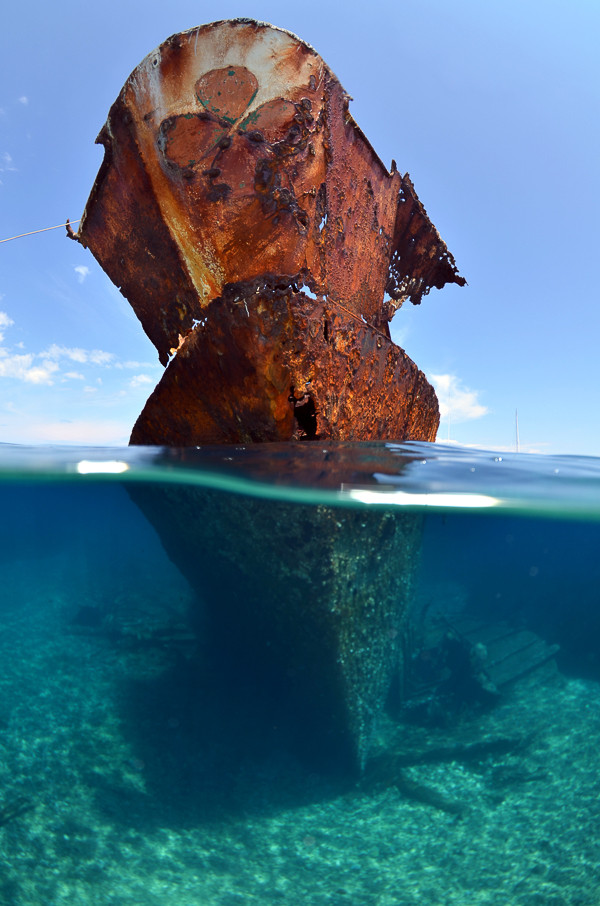

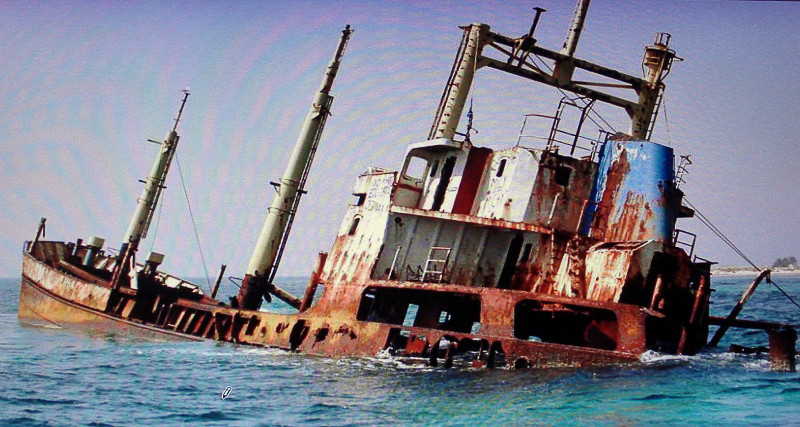
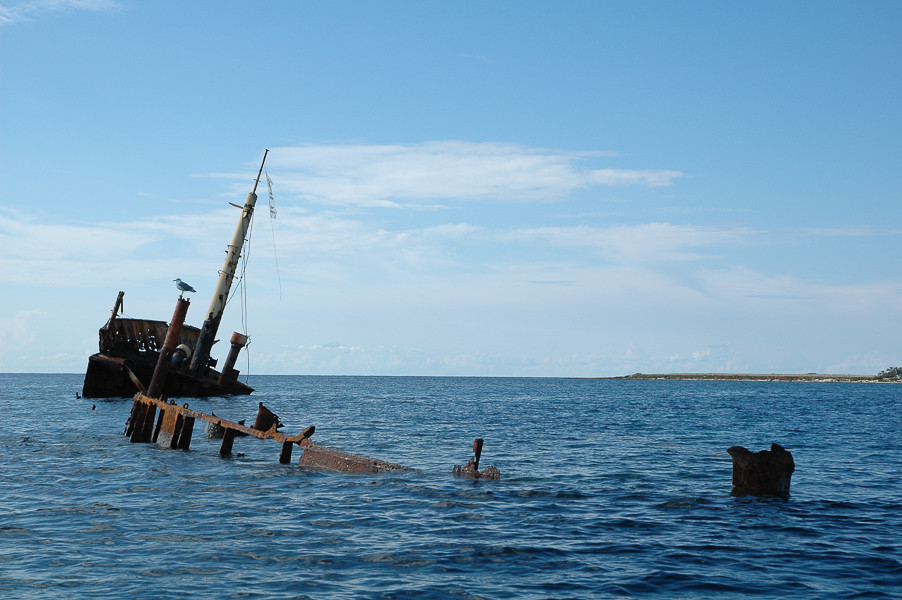
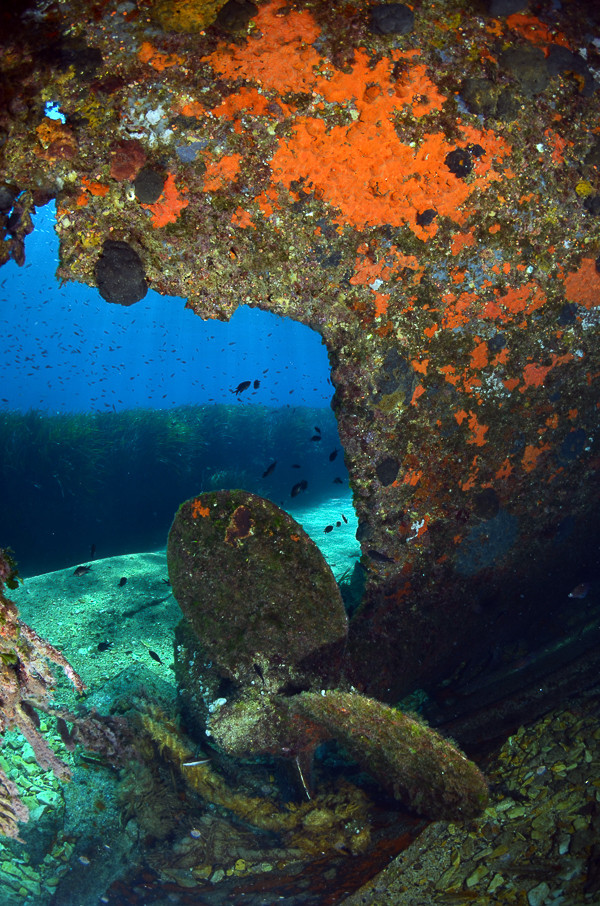
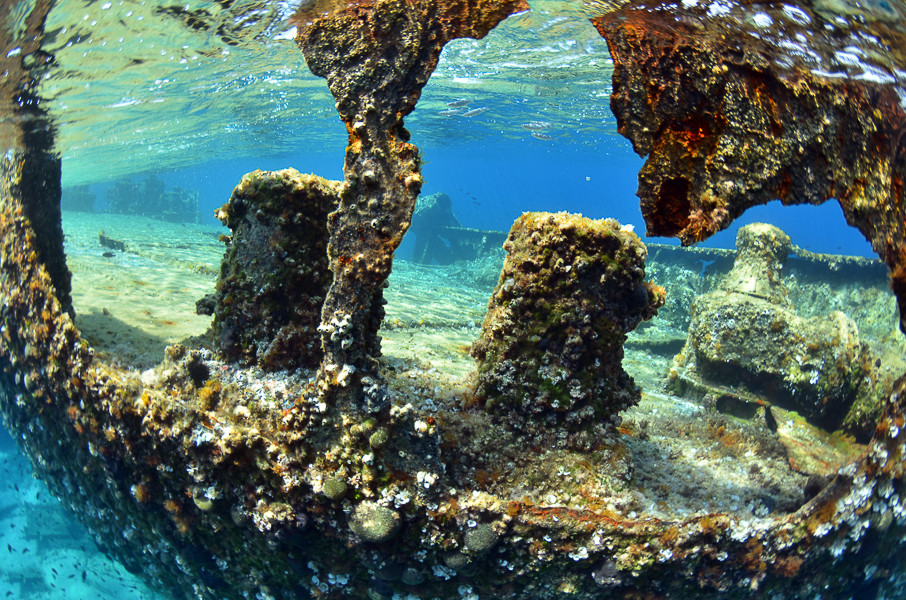
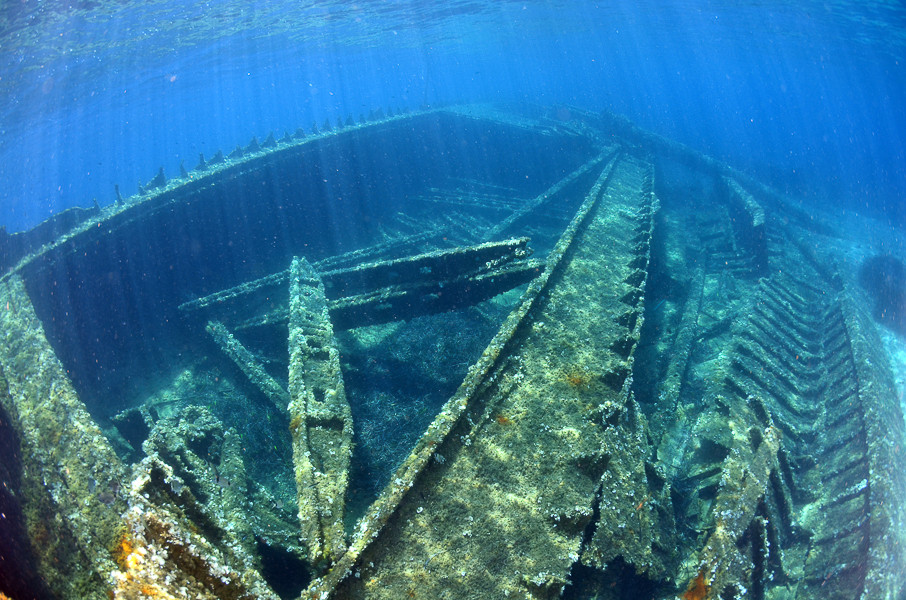
 The investment is co-financed by the Republic of Slovenia and the European Union from the European Regional Development Fund.
The investment is co-financed by the Republic of Slovenia and the European Union from the European Regional Development Fund.  H2O Globe BETA
H2O Globe BETA